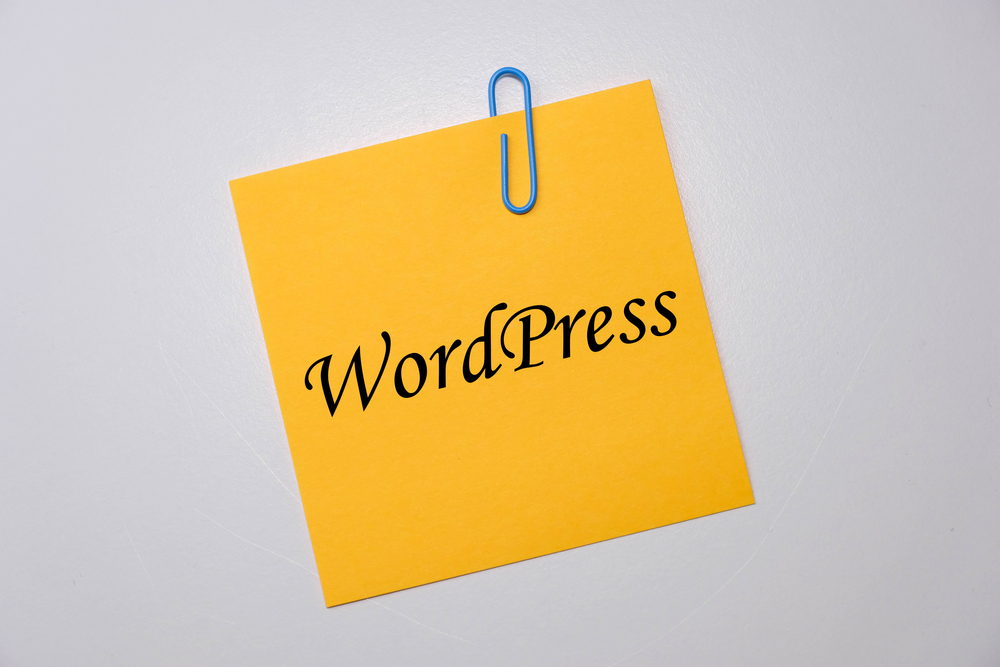
Mastering WordPress: Top Tips & Tricks for Customization and Maintenance

WordPress (the blogging platform) is a powerful and versatile content management system (CMS) that allows users to build and customize websites with ease. With its user-friendly interface and extensive range of plugins and themes, WordPress (or WP) has become the go-to platform for individuals and businesses alike. In this article, we will explore some top tips and tricks for mastering WordPress customization and maintenance.
1. Choose the Right Theme
When customizing your WordPress (WP) website, selecting the right theme is crucial. A well-designed theme not only enhances the visual appeal of your site but also ensures optimal functionality. There are thousands of WordPress (the platform for bloggers) themes available, both free and premium, catering to different industries and niches. Take your time to explore various options and choose a theme that aligns with your website's purpose and brand identity.
Consider factors such as responsiveness, browser compatibility, and ease of customization before making a decision. It's also important to choose a theme that is regularly updated by the developer to ensure compatibility with the latest version of WordPress.
2. Leverage Plugins for Added Functionality
One of WordPress's greatest advantages is its extensive range of plugins. Plugins are add-ons that enhance the functionality of your website. Whether you need to add a contact form, create a beautiful gallery, or optimize your site for search engines, there is a plugin available for almost every need.
When choosing plugins for your WordPress site, it's important to consider factors such as plugin ratings, reviews, and the frequency of updates. Opt for plugins that are regularly maintained and have a strong user base. Additionally, be mindful of installing too many plugins, as this can slow down your site's performance.
3. Customize with Widgets
Widgets are an excellent way to add functionality and personalize your WordPress website. From displaying social media feeds to showcasing recent posts, widgets offer endless possibilities for customization. You can place widgets in various areas of your site, such as the sidebar, footer, or header.
To customize your website with widgets, navigate to the "Appearance" tab in your WordPress dashboard and click on "Widgets." From there, you can drag and drop widgets onto different areas of your site and configure their settings. Experiment with different widget combinations to find the perfect setup for your website.
4. Optimize for Speed and Performance
Page speed is a critical factor for user experience and search engine rankings. Slow-loading websites often lead to higher bounce rates and lower conversions. To optimize your WordPress site for speed and performance, there are several steps you can take:
- Choose a lightweight theme that is optimized for speed.
- Compress and optimize images before uploading them to your site.
- Use a caching plugin to reduce server load and improve loading times.
- Minify your CSS and JavaScript files to reduce file sizes.
- Optimize your database regularly to remove unnecessary data.
By implementing these optimization techniques, you can significantly enhance your site's speed and performance, resulting in a better user experience.
5. Regularly Update WordPress and Plugins
WordPress regularly releases updates to improve security, fix bugs, and introduce new features. It's crucial to keep your WordPress core and plugins up to date to ensure optimal performance and security.
Whenever there is a new update available, WordPress will display a notification in your dashboard. To update your WordPress installation, simply click on the update button. Similarly, for plugins, navigate to the "Plugins" tab in your WordPress dashboard, select the plugins that need updating, and click on the update button.
Remember to create a backup of your website before performing any updates to avoid any potential compatibility issues or data loss.
FAQ - Frequently Asked Questions
1. How do I install WordPress?
Installing WordPress is a straightforward process. Most hosting providers offer one-click WordPress installation. Simply log in to your hosting account, navigate to the control panel, and look for the WordPress installation option. Follow the prompts, and within minutes, you'll have WordPress up and running on your domain.
2. Can I change my WordPress theme later?
Yes, you can change your WordPress theme at any time. However, switching themes may affect the appearance and functionality of your website. Therefore, it's essential to choose a theme that aligns with your long-term goals. Before making any changes, we recommend creating a backup of your site to avoid any potential issues.
3. Are free WordPress themes reliable?
While there are many reliable free WordPress themes available, it's crucial to research and choose from reputable sources. Free themes may come with fewer features and limited support compared to premium themes. Additionally, free themes might not receive regular updates, potentially leading to compatibility issues with the latest version of WordPress.
4. How do I improve my website's security?
Improving your website's security is essential to protect it from malicious attacks. Here are some best practices:
- Choose a strong password for your WordPress admin account.
- Regularly update WordPress core and plugins.
- Install a security plugin to monitor and block suspicious activities.
- Limit login attempts and enable two-factor authentication.
- Use a secure hosting provider with built-in security measures.
5. Can I customize my WordPress website's design without coding?
Absolutely! WordPress's user-friendly interface allows you to customize your website's design without any coding knowledge. With the right theme and plugins, you can easily modify colors, fonts, layouts, and more using intuitive visual editors. However, if you desire more advanced customizations, familiarity with HTML, CSS, and PHP can be advantageous.
In conclusion, WordPress is a versatile platform that empowers you to create and maintain stunning websites with ease. By following these top tips and tricks, you can master WordPress customization and maintenance, leading to a visually appealing, secure, and high-performing website.
Other useful resources
- https://en.wikipedia.org/wiki/Blog
- https://en.wikipedia.org/wiki/WordPress